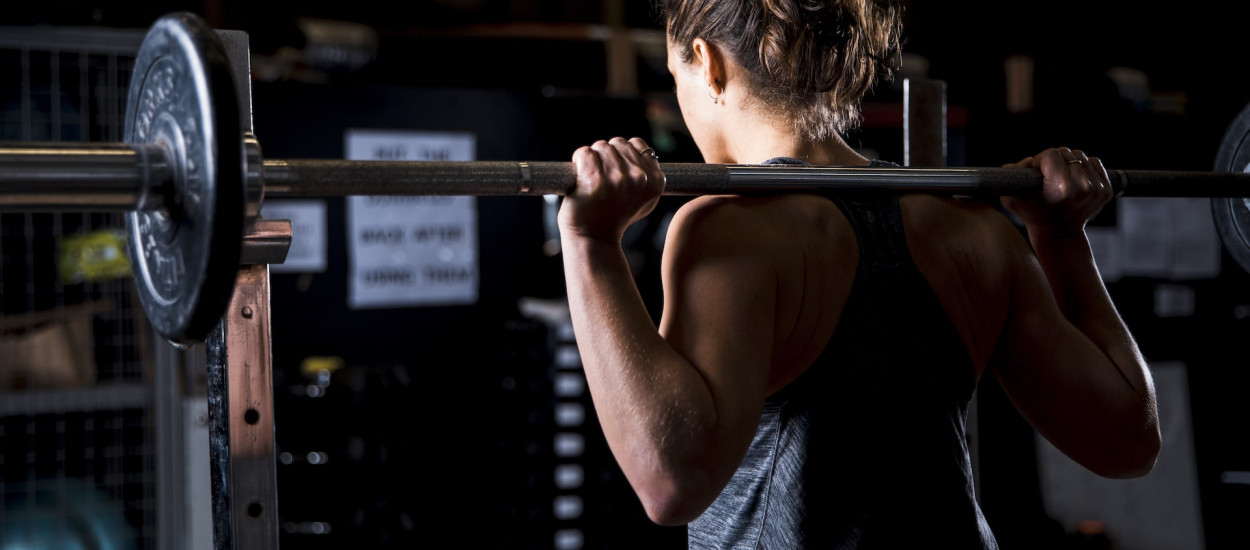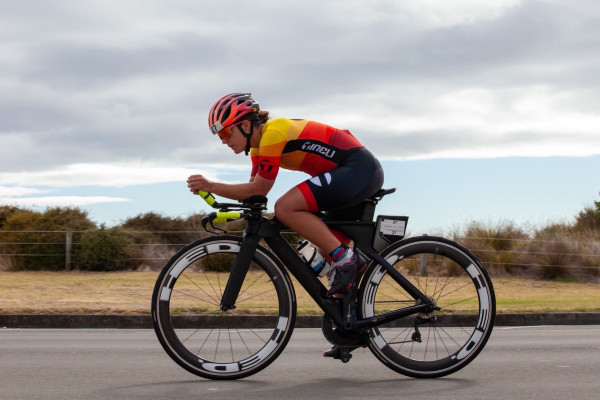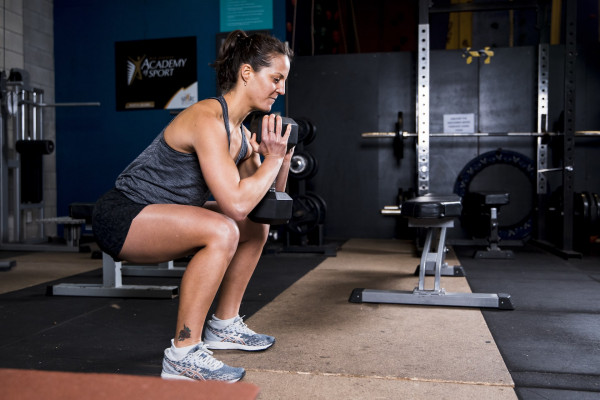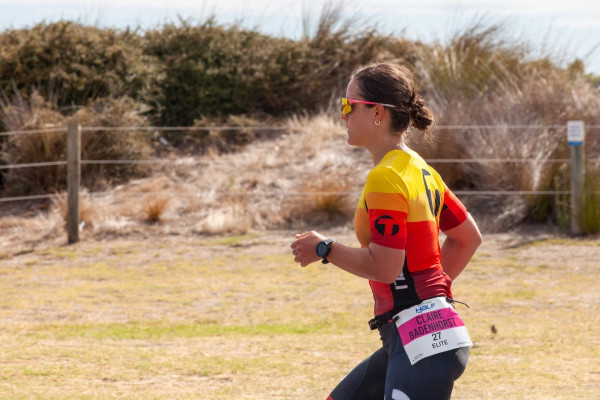Strength training for the everyday athlete

Adding in 1-2 strength sessions a week
For the last few months, we’ve been working from home wherever possible and exercising in our bubble. One of the silver linings of this new situation, for me, is gaining back some time during my day that I would usually spend commuting. It is very tempting as an endurance athlete to fill these extra hours each day with a bike ride or even a run. But in some cases, this could rapidly ramp up a person’s training load and may increase their risk of injury. This may lead us to consider, ‘what is an effective training session to utilise with this extra time that we now have available?’ Well, some current research with endurance trained triathletes would suggest that the addition of 1-2 strength sessions a week may be the answer. Now, I’m not talking about big gear work or even hill sprints in my Women’s Tri Shorts, I am talking about traditional ‘pick-up-a-heavy-thing and put-it-back-down’ activity.

Making gains by improving exercise economy
Lifting weights in the backyard or gym may not be the first session that you would’ve thought of, but more and more research suggests that adding it to your current endurance training (swim, bike or run) will improve endurance performance, and may improve your exercise economy. Exercise economy is the energy cost of exercising at a given intensity below your lactate threshold and some researchers consider this a fundamental indicator of endurance exercise performance. Research into strength training prescription for endurance athletes notes that this type of training appears to improve our neuromuscular efficiency.
Essentially this means that strength training improves our neural control of muscle contractions, recruiting our type I muscle fibres (our aerobic muscle fibres) first and then as intensity or force production increases, we will recruit our type II muscle fibres (our more anaerobic muscle fibres). The improvement in coordinating muscle fibre recruitment for a given exercise intensity means that we produce force in an efficient manner and won’t recruit inefficient anaerobic muscle fibre types (i.e., our type II muscle fibres) before they are needed.
With strength training we naturally see increases in muscle strength; this means that the maximal contraction ability of the muscle will increase too. Research shows that in endurance athletes the muscle fibre tension developed during toe-off when running or during the pedal stroke when riding reduces to a lower percentage of the muscle’s maximal voluntary contraction values at a given sub threshold intensity. For example, pre-strength training, cycling at 200W may require 70% of the maximal contraction ability of the muscle; post strength training, this may drop to 50%. Ultimately using a smaller percentage of the muscles maximal contraction ability results in delayed muscle fatigue, and delaying that fatigue can be crucial in race performance.
Every advantage counts when it comes to performance. Smart training prior to the race is key and on race day my performance is enhanced by wearing the Pro 2 in 1 Tri Suit, which uses aerodynamic textured waffle fabric that reduces my wake and lowers drag. Adding high quality triathlon clothing for training and into race day is an excellent addition to an endurance athlete’s training regime – kit that is hard to damage or wear out. Effectively I am training hard and racing smart.

Goblet Squat
Weight vs reps – which strategy works best
Research has also looked at barriers to endurance athletes including regular strength training in their training programme. Researchers initially thought that fears of weight gain, due to gaining muscle mass, would be athletes’ primary concern. Instead they found that a lack of knowledge about the type of exercises, frequency and duration were the key factors. Research has shown positive effects with both heavy strength training (low reps and high weight) and endurance strength training (high reps and low weight). Regardless of which type, improvements seem to be seen consistently in neuromuscular efficiency and endurance performance in athletes.
Adding strength training always raises the question on the effect on body composition and the follow-on effects this may have on endurance performance, especially if power to weight ratio is a key factor to consider for your chosen sport. The completion of endurance training signals very different intracellular pathways in the muscle fibres to those required for muscle growth, so there is very little evidence to show that strength training increases muscle strength as a result of gaining a substantial amount of muscle mass. So you will probably see an increase in muscle strength due to the neural changes, but the chances of you becoming the next version of Arnold Schwarzenegger on the bike are quite low.

Increasing injury prevention
It also appears that strength training may have an additional benefit – the prevention of injury. As endurance athletes we know that having an injury can halt our training consistency and progress for anywhere between one and 12 weeks for some serious bony stress injuries or fractures. Exercise and weight bearing activities are considered highly beneficial for bone health. Sports with high loads, explosive forces and intermittent high intensity efforts such as team sports or weightlifting have been shown to be very effective in producing a mechanical stimulus for bone growth and turnover.
However, 95% of the mechanosensitivity of bone cells is lost after 20 repetitive loading cycles, so to maintain bone growth stimulus, the exercise stimulus or load needs to change. This means that the repetitive nature of endurance sports (swimming, cycling) may provide very low bone growth stimulus during training. The high load/force, low repetition nature of strength training maintains an effective bone growth stimulus throughout the training session. Adding a strength session 1-2 times a week may be the best way to maintain bone health, offsetting the inevitable effects of ageing on bone health, and may actually help your training consistency by reducing the risk of bony stress related injuries which disrupt training and development.

Shoulder Press
Getting ready for the summer season
With the easing of alert levels it will be easier to get back to the gym for all of us. With opportunities for regained time, it’s a chance to add strength sessions 1-2 times a week into your training to improve your endurance performance, as well as a chance to update your kit with breathable cycling clothing for the summer conditions – and set yourself up for the summer season of racing. Adding a chamois developed for road cycling, mountain biking and triathlon with latest technology would add comfort to your ride, probably helping you get through those longer endurance sessions that are bound to come up during the summer months.
About
Dr. Claire Badenhorst is Lecturer in Exercise and Sport Science at Massey University in Auckland. Claire is a successful triathlete and Tineli Ambassador.
